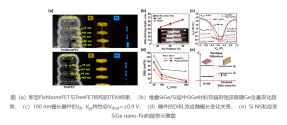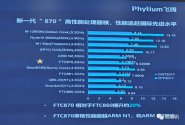U.S. curbs export of more AI chips, including Nvidia H800, to China
PUBLISHED TUE, OCT 17 20238:45 AM EDTUPDATED MOMENTS AGO

- The U.S. Department of Commerce announced Tuesday that it planned to curb the sale of more advanced artificial intelligence chips to China.
- The new export restrictions will restrict the export of Nvidia’s A800 and H800 chips, senior administration officials said.
- The restrictions could also affect chips sold by Intel and AMD. Other rules will likely hamper the sale and export to China of semiconductor manufacturing equipment from companies such as Applied Materials, Lam and KLA.
U.S. curbs export of more AI chips, including Nvidia H800, to China
A ban on nVidia will actually hurt the US’ goals in the long run.
I asked not too long ago, why is AMD Instinct line not more popular? The answer was, simply put, they do not have the programming tool like CUDA and no one wants to develop their own because it is too time consuming…
Now by increasing the number of restrictions on these chips, you are making a CUDA alternative more and more viable. Once it is more mature, then there is no point in using nVidia's ecosystem. nVidia's performance advantage may remain on a raw chip basis, but should the system be crippled as a whole, then this leaves a gap to be filled.
Perhaps the government also believes that American companies can take a technological lead in AI and ML programming due to the performance gap, but again this kind of attempted kneecapping could lead to surprising programming creativity.
display industry supply chain used to be bread and butter for Japan .. China completed entire supply chain in just few years. BOE and other display makers mostly using domestic materials and tools.
The Japanese government through Japan Innovation Fund had sunk untold billions into propping up JDI and JOLED, JOLED is insolvent and sold all equipment to TCL/CSOT. JDI has not made a profit in many years and will likely die. Sharp had already sold to Foxconn and will likely close at some point as losses





